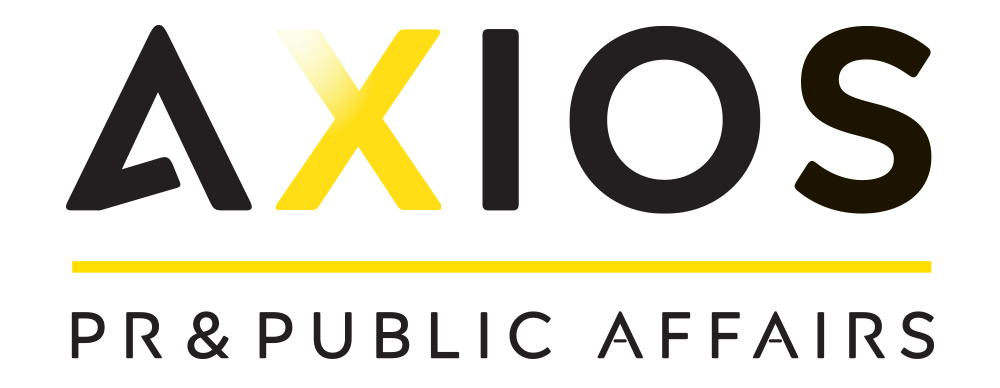Public speaking – practice before you preach
Speaking engagements at conferences are great promotional platforms for companies and their leaders. But delivering the right message in the right context depends on the designated speaker’s performance.
As a top executive, member of the management team or key expert, your deep understanding of the business earns you a seat on panels. Public speaking may be an unfamiliar territory, but panels offer an easier way to practice and build confidence.
For your next event, focus on two things: your message and your presence.
Getting your message right
Panel discussions seem more informal, but they essentially involve kicking off a focused statement (expect 5+ minutes) to provide context and define your position regarding the given topic. Initially, there is little direct feedback, in the course of the discussion that may change. Rehearse with that in mind and ask the communications team for support by articulating your points and preparing for the event.
Start with your core reason for attending the conference and build your speech with a simple formula: what is needed – what it takes – what we do about it, or how we contribute.
Refine your themes to one or two key messages and no more than five supporting arguments. Instead of delivering information, aim to offer insights and interpretations. Put the ideas into bullet points in direct language, on one page. Think of these as soundbites – crisp sentences, easy to understand and reference.
Practice reading your speaking points aloud, in front of a mirror or with your team. Consider sharing key ideas with the moderator beforehand so they can support you in getting them across.
Your personal presence is key
There is an undeniable performance aspect to public speaking. Before you say a single word, people have an impression of you – how you come across depends on your posture and if you appear to be confident on stage. Even as you talk, non-verbal cues send a stronger message than your words.
How you sound matters too. If you speak with a low voice and don’t seek eye contact with the audience, you seem to be disengaged. The audience may not believe some positive message you give about your firm or your job. You can address and practice these key aspects of public speaking without becoming an actor or a stand-up comedian.
Just follow a few pieces of advice: connect with your audience and give your interventions a personal note. Show interest in questions and don’t forget to actively listen to your fellow panelists.
When your turn comes
Unless you are the first speaker, you don’t have to introduce yourself and thank the organizers. The audience will already know who you are, and the discussion is underway. You can go straight to your message.
If the conversation takes a different turn from your planned intro, use the bridging technique to your message:
“I agree with [point made]. At [company name], we face a similar challenge. Our approach is…”, or
“It’s interesting to see [company name’s] perspective. For us, it’s quite the opposite. What we do is….”
Beyond the panel
Every public speech or panel gig provides additional opportunities: post-event, you can share your experience on LinkedIn, by thanking the organizers and tagging your panel colleagues. Connect and stay in touch with them.
Ultimately, people may not remember what you said, but how you made them feel. Show the audience your company is both knowledgeable and invested.
